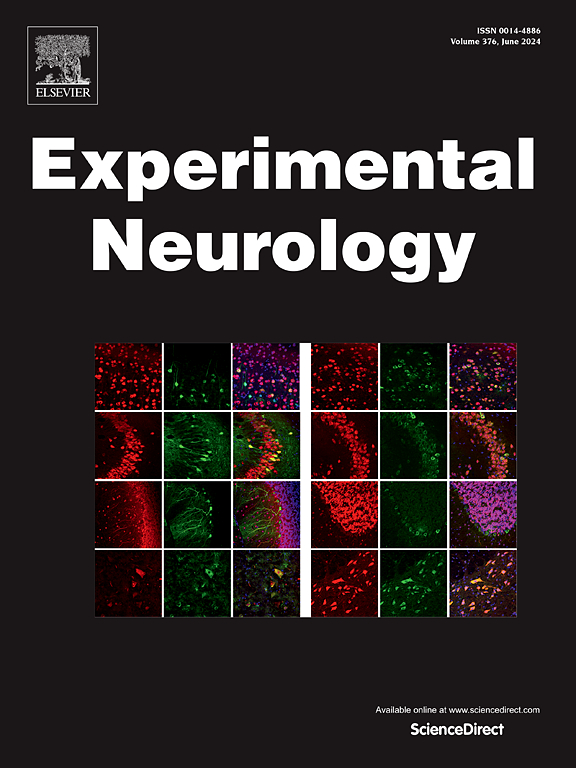Outcome measures in rodent models for spinal cord injury and their human correlates
IF 4.6
2区 医学
Q1 NEUROSCIENCES
引用次数: 0
Abstract
Pre-clinical research is intended to inform clinical research, however, communication between these researchers is lacking. A better understanding of what can be learned from animal and human models and what cannot, is essential. This includes a better understanding of where underlying constructs in outcome measures in rodents and humans align and where they diverge to improve dialogue between human and animal researchers. The goal of this review is to promote an understanding of similarities and differences in outcome measures and encourage consideration of these differences when planning, interpreting, and communicating findings from animal or human experiments. Seven individuals with a range of expertise in human and animal research and outcome measures reviewed rat and human measures focused on sensorimotor and functional outcomes. They then discussed where measures corresponded and where they did not, based on the underlying construct the assessment is intended to measure. Key findings are that measures of impairment (such as strength) often used in clinical trials are not commonly used in rodents. Measures such as speed and distance of locomotion are commonly assessed in humans and, while not commonly assessed in rodents, can be collected through existing outcome measures. Additional findings are that animal and human outcome measures are often developed and evaluated differently, with more standardized processes applied to human outcome measures. A deeper understanding and communication of similarities and differences in outcome measures, and where differences are necessary due to interspecies differences, may improve translation from animals to humans and humans to animals.
求助全文
约1分钟内获得全文
求助全文
来源期刊

Experimental Neurology
医学-神经科学
CiteScore
10.10
自引率
3.80%
发文量
258
审稿时长
42 days
期刊介绍:
Experimental Neurology, a Journal of Neuroscience Research, publishes original research in neuroscience with a particular emphasis on novel findings in neural development, regeneration, plasticity and transplantation. The journal has focused on research concerning basic mechanisms underlying neurological disorders.
 求助内容:
求助内容: 应助结果提醒方式:
应助结果提醒方式:


